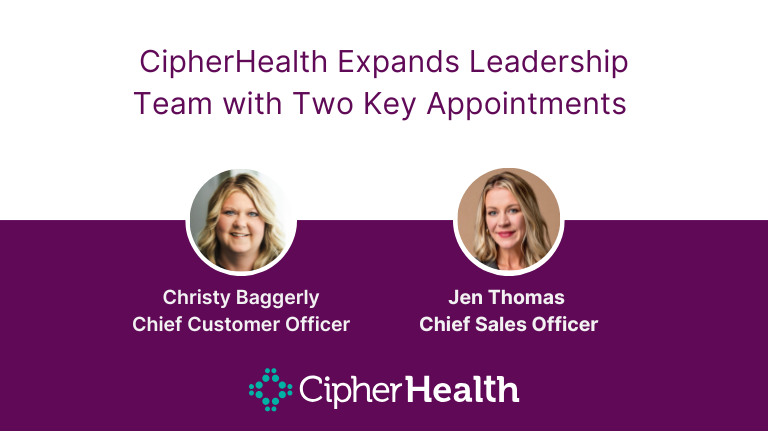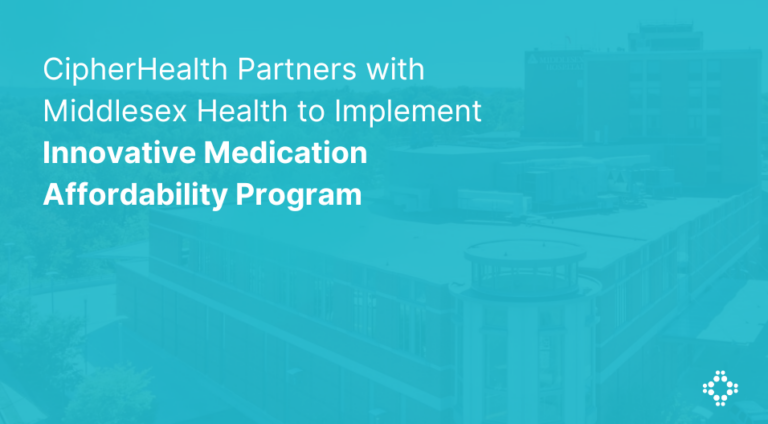Transitioning from hospital to home is a critical period for patients, marked by the potential for negative health outcomes. Effective transitional care management (TCM) programs can ensure patients’ needs are well-managed during this challenging time, helping them recover, stay healthy, and avoid readmission. Here are some considerations and strategies to enhance transitions of care.
The Impact of Care Transitions on Patient Satisfaction and HCAHPS Scores
The Hospital Consumer Assessment of Healthcare Providers and Systems (HCAHPS) survey measures patients’ perspectives of hospital care, including the transition of care domain. Key questions focus on patient and family involvement, understanding of health management post-discharge, and clarity about medications.
It’s crucial for healthcare providers to support them both before and after discharge to ensure they feel prepared and informed. Proactive communication and digilist post-discharge follow-up can help patients ask better questions and feel more supported throughout their care journey.
Often, patients are unclear about their diagnosis post-discharge and do not know the purpose of their medications or the potential side effects. Providers must recognize that the discharge process is designed more for clinicians than for patients.
Discharge instructions should start at admission, not just at the end of the hospital stay. Embedding patient education in the patient’s portal can provide accessible information at home. Additionally, using the teach-back method throughout hospitalization can help patients and caregivers retain critical information.
Without adequate support, patients may perceive missed opportunities for care, leading to dissatisfaction. This can negatively impact their ratings on HCAHPS domains such as “transitions of care” and communication about medications.”
Addressing Transition of Care Challenges
The transition of care involves multiple points where a patient moves within the continuum of care, such as between home, hospital, residential care, and various healthcare providers. Poor transitions contribute to $26 billion in annual costs for acute care Medicare patients. Improving transitions requires several strategies, including:
- Health Risk Assessment Tools: Use validated tools to assess and quantify patient risk. Reassess with each episode of care or transition. Regularly review scores and investigate low ratings to identify causes of poor transitions.
- Social Determinants of Health (SDoH): Incorporate medical, behavioral, and social factors into admission assessments. Conditions like financial limitations, poor health literacy, housing instability, and lack of social support can impact transitions. Ensure proper referrals to address these issues.
- Technology Solutions: CipherHealth can support pre-care, inpatient care, and post-discharge follow-up. These solutions can automate outreach and provide data analytics, helping health systems stay connected with patients.
Performing a Comprehensive Transition Assessment
This process involves evaluating various aspects of the patient’s health and circumstances to identify potential challenges and provide tailored support. By addressing these factors comprehensively, healthcare providers can improve patient outcomes, reduce readmissions, and enhance overall satisfaction.
A thorough transition assessment should include:
- Self-Management Abilities: Assess patients’ ability to manage their health post-discharge. Ensure they understand their medications and can afford them. Identify a decision-maker if the patient is unable to make decisions independently.
- Medication Reconciliation: Ensure an in-depth medication reconciliation, including over-the-counter and prescription medications, is available for the next transition point. Address any financial or logistical barriers to obtaining medications.
- Dynamic Care Plans: Develop a dynamic plan of care with measurable goals, incorporating input from the patient or caregiver. Ensure the plan is accessible to the primary care provider to maintain continuity of care.
How CipherHealth Supports Patients Through Discharge Readiness Rounding and Post-Discharge Follow-up
CipherHealth offers a suite of tools designed to enhance transitional care management, ensuring patients and caregivers are well-informed and supported. A key feature is Discharge Care Rounds, which help them understand medications and discharge plans. During these rounds, providers use tools like the teach-back method and checklists to reinforce understanding, arrange follow-up appointments, and review potential red flags.
Another component is Post-Encounter Follow-Up. These calls serve as a safety net, providing additional support after hospital discharge. For high-risk patients, these calls can be scheduled as a series of touchpoints for ongoing monitoring. CipherHealth automates these calls, streamlining the process and alerting healthcare teams for necessary follow-ups. This ensures timely, consistent care, reducing readmission risks and improving patient outcomes.
Ultimately, by integrating these strategies and leveraging technology-driven solutions, healthcare systems can improve patient engagement, satisfaction, and health outcomes while reducing readmissions and healthcare costs. A retrospective data analysis showed that bundling interventions, such as s transitional care round and post-discharge outreach call, significantly enhanced patients’ understanding of their care plan and increased engagement with outreach calls, leading to reduced readmissions.








